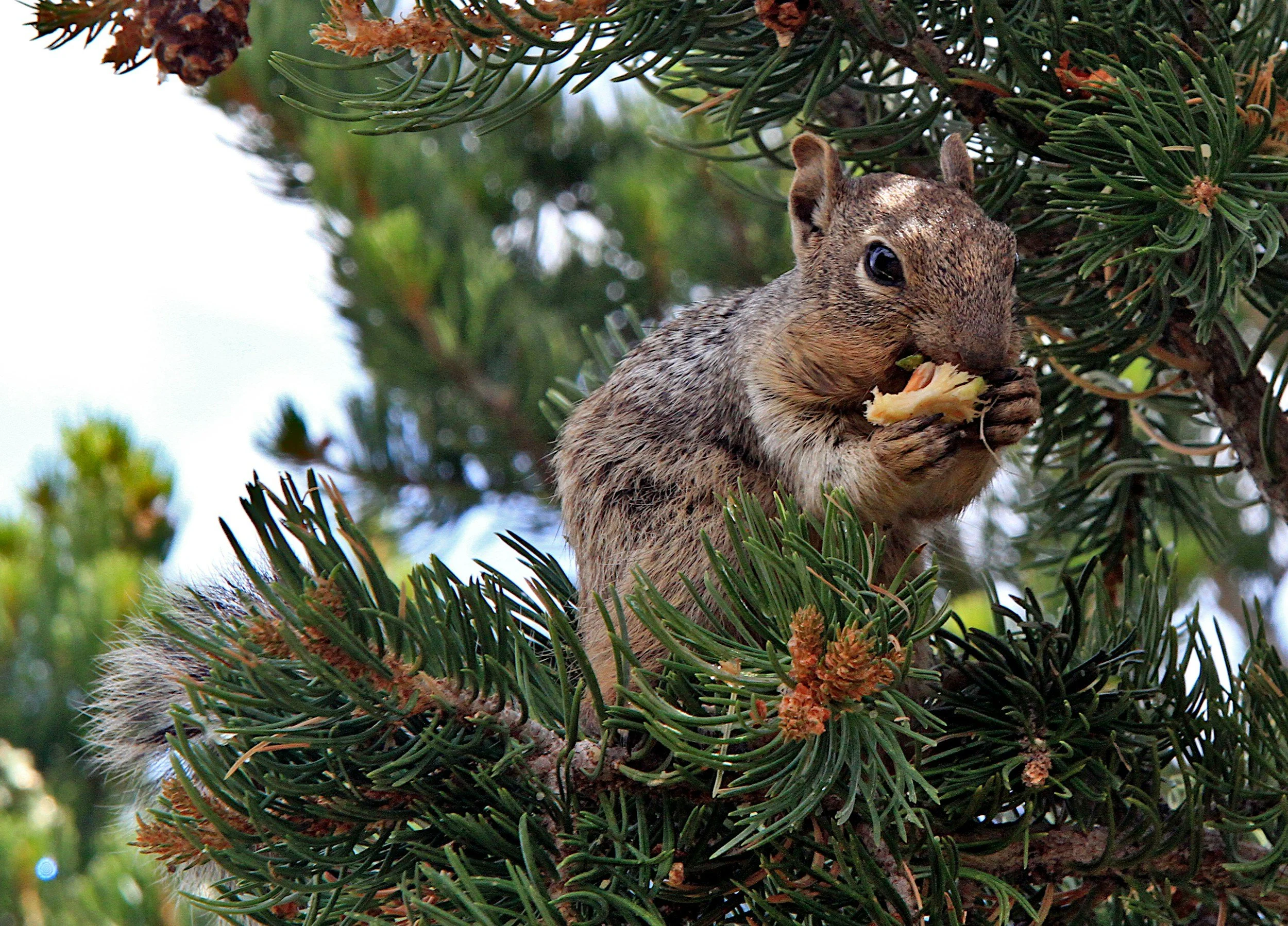Grow Wild
Turn Your Space Into a Wildlife Haven
Even a small yard, balcony, or window box can help native wildlife thrive. By planting native flowers, shrubs, and trees, you provide essential food and shelter for birds, bees, butterflies, and more. Native plants support pollinators, reduce the need for chemicals, and bring nature closer to home. Whether you're starting a backyard habitat or growing potted plants on a patio, your efforts can make a big difference—one plant at a time.
In a world where development and climate change are shrinking natural spaces, your yard, balcony, or windowsill can become a miniature refuge for wildlife. Plants that evolved naturally in your region are essential to the survival of birds, mammals, butterflies, bees, and more. They’re the foundation of healthy ecosystems, and planting them at home can make a huge difference for struggling species.
Whether you live in a suburban neighborhood, city high-rise, or rural town, you can help restore the habitats that native wildlife depend on.
Why Native Plants Matter
Unlike non-native or ornamental plants, native plants have co-evolved with local wildlife for thousands of years. That means they meet specific needs that animals have such as the exact nutrients caterpillars need to grow, or the timing of a flower’s bloom that aligns with the emergence of native bees. In short, native plants and native animals speak the same ecological language.
Some benefits of native plants include:
Food for Wildlife: Native plants often produce fruits, seeds, nuts, and nectar that native animals rely on.
Shelter and Nesting: Dense shrubs and grasses provide cover for ground-nesting birds, small mammals, and beneficial insects.
Pollinator Support: Many native bees, butterflies, and hummingbirds rely on the nectar and pollen of native wildflowers and shrubs. In fact, most native bees are specialists and depend on just a few types of plants to survive.
Fighting Climate Change: Native plants have deep roots that store carbon in the soil long-term. They also require less watering, mowing, and fertilizing, creating fewer greenhouse emissions. Restored habitats build climate resilience, helping wildlife adapt to changing conditions.
Without native plants, wildlife struggles. Lawns, exotic landscaping, and pavement don’t offer the food or shelter needed to support vibrant animal populations. But with a little effort, you can turn even a small space into a thriving patch of habitat.
How to Start a Native Plant Garden
Creating a native plant garden doesn’t mean giving up beauty or structure—it means choosing plants that work with your ecosystem, not against it. Here’s how to begin:
Learn What’s Native to Your Area
Use resources like Audubon’s Native Plant Database, Pollinator Partnership Ecoregional Planting Guides, or your local native plant society to discover which plants naturally grow in your region.
Start Small
You don’t need to convert your entire yard. Begin with one garden bed or even a section of lawn. Replace non-native ornamentals or grass with native perennials, shrubs, or trees that support local wildlife.
Plant for the Seasons
Choose a mix of plants that bloom at different times so there’s always something in flower for pollinators. Include early bloomers for spring pollinators and late bloomers for migrating monarchs and hummingbirds.
Include Host Plants
These are the plants caterpillars eat before they become butterflies or moths. Milkweed is essential for monarchs, while violets feed fritillary caterpillars, and golden alexanders support black swallowtails.
Add Structure
Layer your garden with groundcover, flowers, grasses, shrubs, and trees. This creates vertical diversity, offering food and shelter to a wider range of species.
Skip the Pesticides
Native plants often require less maintenance and resist local pests, so you won’t need chemicals that can harm beneficial insects or pollinators.
Don’t Have a Yard? You Can Still Help
Not everyone has a backyard, but everyone can play a role in supporting wildlife:
Container Gardening: Use pots or planters on your balcony, patio, or windowsill to grow native flowering plants. Many species like bee balm, black-eyed Susan, or coreopsis thrive in containers and attract pollinators.
Vertical Gardens: Install wall planters or railing boxes filled with native herbs or flowers.
Window Boxes: Even a simple flower box with native species can offer nectar to pollinators flying by in urban areas.
Join or Support Local Restoration Projects: Volunteer with or donate to groups that plant native habitats in parks, schools, or along roadways.
Talk to Your Community: Encourage neighbors, schools, and local governments to plant native species in shared spaces.
The Power of Pollinator Gardens
Pollinators like bees, butterflies, and hummingbirds are essential for food production and ecosystem health, but many are in steep decline. Creating a pollinator garden helps these crucial species survive.
Tips for a successful pollinator garden:
Go Native: Choose regionally appropriate plants that pollinators evolved with.
Avoid Hybrids and Doubles: Many modern flower varieties have been bred for looks and have little to no nectar or pollen.
Leave Bare Patches of Soil: Many native bees are ground nesters and need open, undisturbed soil.
Add a Water Source: A shallow dish with pebbles and water gives pollinators a safe place to drink.
One Garden at a Time
The loss of wild habitat is one of the biggest drivers of biodiversity decline but, every yard, patio, and pot of soil holds potential. Imagine if every home planted just a few native plants. Together, we could create a patchwork of habitat across North America, restoring connections for wildlife, from songbirds to butterflies, right outside our doors.
Planting native is more than a gardening choice. It’s a quiet, powerful act of conservation.
Ready to grow wild? Start with your zip code, find some native plants, and turn your home into a haven for the wild creatures that need us now more than ever.



